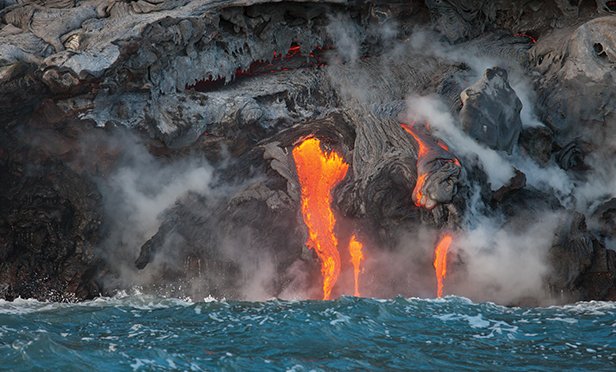
Mt. Kilauea has been erupting more vigorously than normal for the past month. It is the most active volcano on the planet, erupting almost continuously since 1983. However, this eruption is larger than most, affecting residential areas, and emitting ash, lava and noxious gasses such as sulfur dioxide.
Coverage questions have presented themselves since volcanoes are such a rare peril. Unlike hurricanes, tornadoes and wildfires, which can be counted on to occur annually with the only variations being number and severity, volcanoes, while appearing in standard policy language, hardly ever appear as an actual threat to physical property.
Recommended For You
Want to continue reading?
Become a Free PropertyCasualty360 Digital Reader
Your access to unlimited PropertyCasualty360 content isn’t changing.
Once you are an ALM digital member, you’ll receive:
- Breaking insurance news and analysis, on-site and via our newsletters and custom alerts
- Weekly Insurance Speak podcast featuring exclusive interviews with industry leaders
- Educational webcasts, white papers, and ebooks from industry thought leaders
- Critical converage of the employee benefits and financial advisory markets on our other ALM sites, BenefitsPRO and ThinkAdvisor
Already have an account? Sign In Now
© Touchpoint Markets, All Rights Reserved. Request academic re-use from www.copyright.com. All other uses, submit a request to [email protected]. For more inforrmation visit Asset & Logo Licensing.







